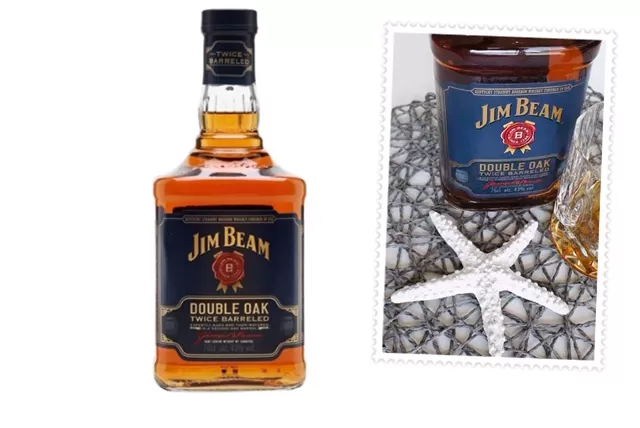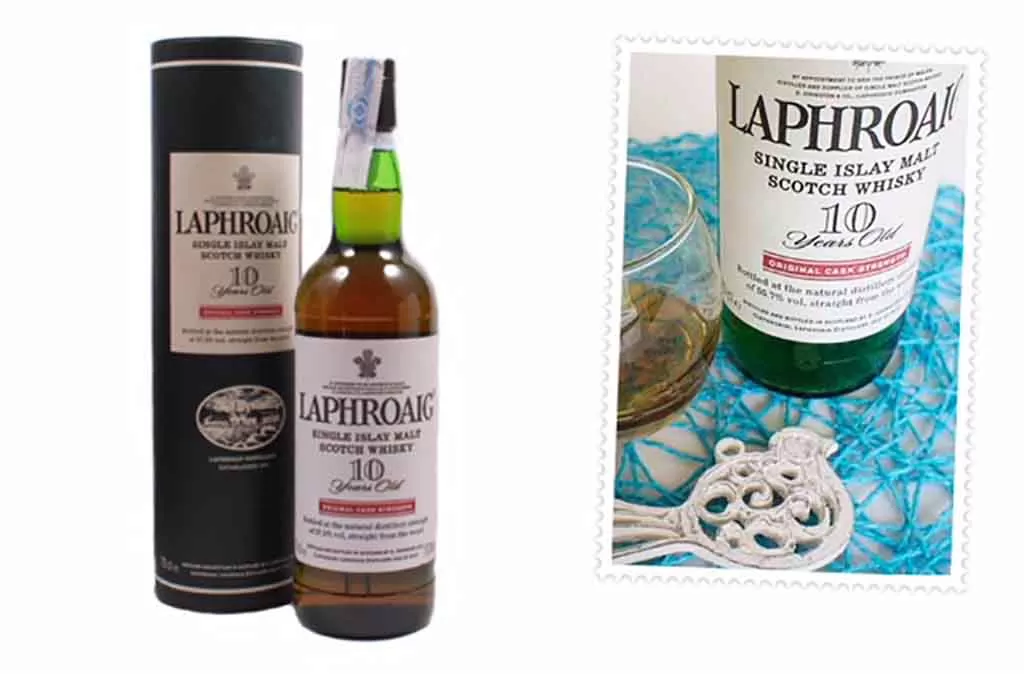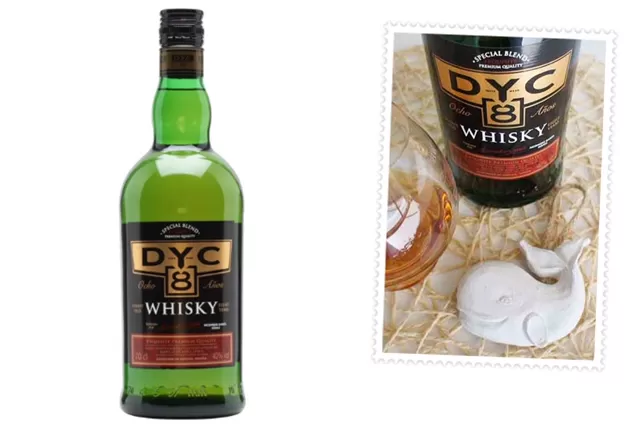Laphroaig Whisky and Stilton Cheese Pairing

Whisky and Stilton cheese pairing is something that I see coming past my social media feed regularly, and I decided to try it. So this past weekend, John bought a wedge of Blue Stilton cheese, his favourite cheese, from Checkers, who have a wide variety of unique cheeses.




